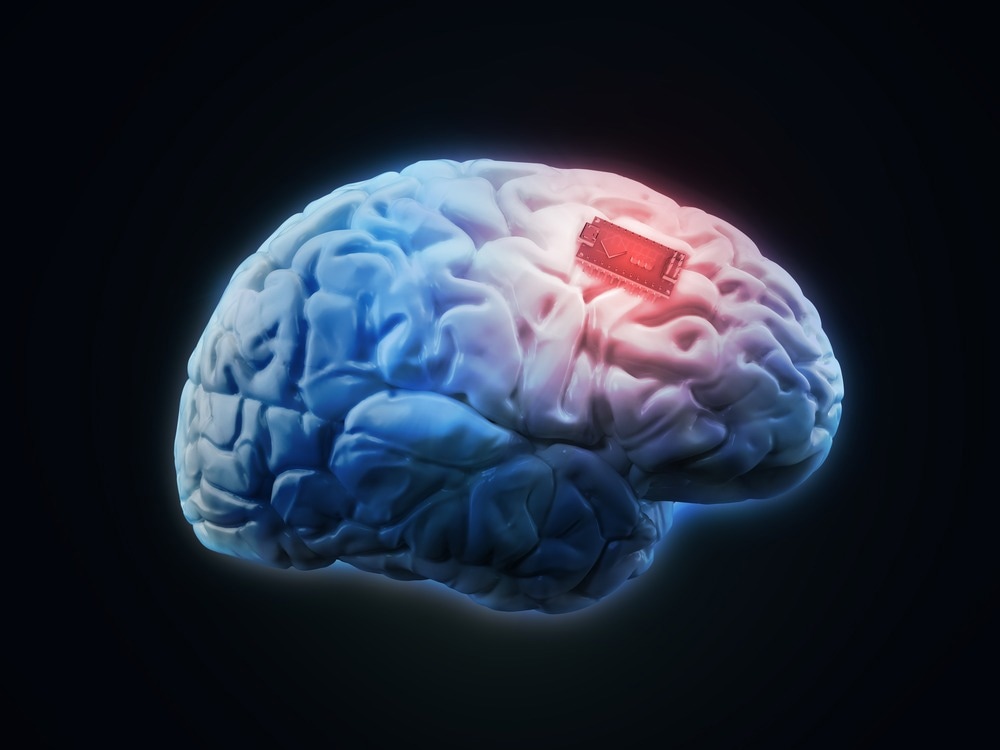Although implanted medical devices (implanted medical devices) have improved health monitoring systems, they lack stability, biocompatibility, and miniaturized power sources. A salinity gradient can serve as an efficient power source in these miniaturized systems.

Study: Salinity power generation based biocompatible bacterial cellulose/MXene membrane for biological power source. Image Credit: Mopic/Shutterstock.com
A study published in the journal Nano Energy demonstrated the fabrication of an osmotic nanopower generator based on biocompatible and ion-channel-mimetic negatively charged bacterial cellulose (NBC)/ transition metal carbide and nitride (MXene) hybrid membrane. Here, reinforcing the MXene nanosheets with NBC nanofibers promoted ion flux for enhanced output power density.
Using saline gelatin hydrogels as solid electrolytes facilitated the in vivo application of the assembled membrane. Furthermore, the reinforcing two-dimensional (2D) MXene sheets with one-dimensional (1D) NBC nanofibers resulted in a power density of 2.58 watts per square meter under a 100-fold concentration gradient of the solid electrolyte.
Through the present work, the achievement of salinity energy conversion was demonstrated using solid electrolytes. Additionally, in vitro, and in vivo studies confirmed the high biocompatibility of fabricated hybrid membranes. The osmotic power generation by NBC/MXene membrane with high performance and good biocompatibility makes it a promising candidate for the tissue-integrated batteries in implantable medical devices (Implanted medical devices).
Mxene for Osmotic Power Generation in Implanted Medical Devices
Developments in science and engineering have led to advancements in implanted medical devices, especially in microelectronics, biotechnology, and materials. Implanted medical devices have contributed to improved quality of patients' lives. The implanted medical devices were developed to sense a physiological response in vivo or to actuate physiological organs.
The traditional batteries used in implanted medical devices raise a safety concern in terms of toxic materials used in the construction and the risk of leakage. Although recent innovations in implanted medical devices led to the development of smart, lightweight, and biocompatible devices, acid/alkaline electrolytes induce safety issues, including inflammation and foreign body reactions.
Osmotic energy is a renewable energy source. The reverse electrodialysis (RED) and pressure-retarded osmosis (PRO) generate salinity gradient energy. The RED system is advantageous over the electron-transport-based energy conversion system in terms of safety and reliability.
The 2D-ion-channel-mimicking nanofluidic system has promising applications in energy conversion. MXene is a 2D material with unique physicochemical properties. The presence of hydrophilic groups like fluoride (-F), hydroxyl (-OH), and oxides (-O) enhances the water dispersity and surface charge of MXene, facilitating the transport of ions.
MXene is a promising material for developing a nanofluidic osmotic power generator. Moreover, the osmotic membranes based on stacked MXene nanosheets have a confined space, acting as nanofluidic channels for ion transport. However, the narrow ion channels cause a high ion permeation energy barrier, limiting the ion flux. Thus, a balance between ion selectivity and membrane permeability is highly desirable for efficient energy generation.
NBC/MXene Membrane for Biological Power Source
Previously reported studies mentioned molybdenum sulfide (MoS2) nanopores as nanopower generators, realizing a power density of 106 watts per square meter. Additionally, the MXene/Kevlar and graphene oxide/cellulose nanofiber-based composite membranes were reported for the synergistic effect of the associated 1D and 2D nanomaterials in generating osmotic power.
Thus, based on the previously mentioned synergistic effects of 1D and 2D nanomaterials and the advantage of natural nanofibers over synthetic nanofiber, NBC/MXene membranes were assembled in the present study to harvest salinity gradient energy with enhanced performance.
The 2D MXene nanosheets were reinforced with 1D NBC nanofibers to induce space charge. Moreover, the surface and space charges of these hybrid membranes maintained high ion selectivity and enhanced ion flux. Additionally, the output performance of the assembled membranes was optimized based on the content of NBC nanofibers.
MXene nanosheets reinforced with 50% weight content of NBC nanofibers helped achieve the power density of 5.3 watts per square meter, suggesting the advantage of combining 1D and 2D nanomaterials to improve the ion transport behavior. The present work demonstrated the potential of the hybrid membranes in generating osmotic power for designing tissue-integrated batteries for Implanted medical devices.
Conclusion
A biomimetic NBC/MXene hybrid membrane was assembled and explored for its osmotic power generation. The results confirmed that reinforcing MXene nanosheets with NBC nanofibers improved energy-conversion performance through enlarging the confined nanochannels and obtaining space charges.
Varying the nanofibers' content helped optimize the power density in NBC/MXene membrane. Reinforcing MXene nanosheets with 50% weight content of NBC nanofibers helped achieve the power density of 5.3 watts per square meter under the salt gradient concentration of 0.5 moles/0.01 moles.
Furthermore, a power density of 2.58 watts per square meter was obtained using saline gelatin hydrogels as solid electrolytes and a salt gradient concentration of 0.1 moles/0.001 moles. This system demonstrated the potential of concentration gradient-driven ionic transport in energy generation.
The NBC/MXene membrane showed good in vivo and in vitro biocompatibility which is required for IMD power sources. Thus, the present work contributed to the field of ion-exchange-based batteries powering implanted medical devices.
Reference
Wang, B., Li, et al. (2022). Salinity Power Generation Based Biocompatible Bacterial Cellulose/Mxene Membrane for Biological Power Source. Nano Energy. https://doi.org/10.1016/j.nanoen.2022.107702
Disclaimer: The views expressed here are those of the author expressed in their private capacity and do not necessarily represent the views of AZoM.com Limited T/A AZoNetwork the owner and operator of this website. This disclaimer forms part of the Terms and conditions of use of this website.